45 how to read japanese nutrition labels
Food Additives in Japan: Everything You Need to Know This ambiguous labeling can make it difficult to commit to an additive-free lifestyle in Japan. Additive-Free is called " 無添加 (Mutenka・むてんか) " in Japanese. Look for the 3 kanji characters when you try to find non-additive food at a store. Where to Buy Additive-free & Organic Food in Japan ee How To Read a Japanese Nutrition Label - YouTube This was something I wanted to know, too, so I just uploaded a video so it'll help some people along the way. Ever wanted to know what some of the basic nut...
Tokyo Guide: How To Read Japanese Food Labels Tokyo Guide: How To Read Japanese Food Labels Calories (エネルギー). One of the first things that people look for on a label is the calorie content of that food. Japan... Nutrients (栄養成分表). Counting macronutrients is a bothersome practice and one I do not recommend to anyone but the most... Ingredients ...
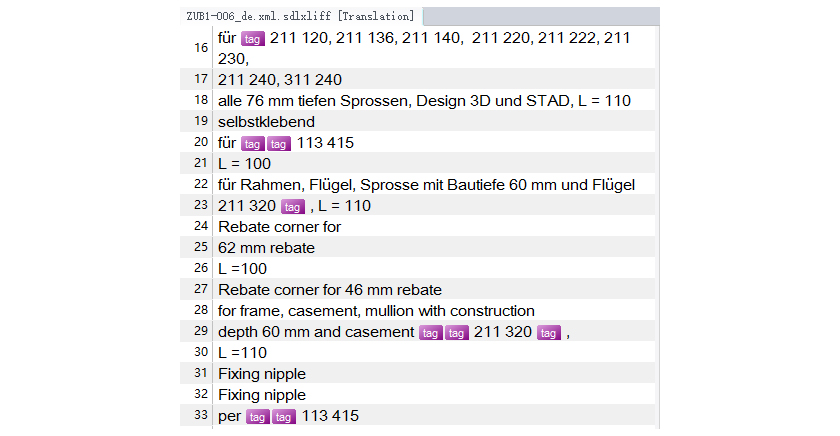
How to read japanese nutrition labels
Ingredients & Nutrition | NSW Food Authority The 10 most common food allergens and any additives, eg. a preservative, must always be listed separately. Sometimes ingredient lists show a percentage in brackets next to an ingredient, eg. 'apples (26%)', which tells us the proportion of the main (or characterising) ingredients in the food. This is known as percentage labelling. How to Read a Dog Food Label - American Kennel Club The quantity listed on the label tells you how much of the food is in the container. This may be measured by weight, liquid measure, or by count. Products can vary in density (think wet food vs.... How to read a label | NSW Food Authority The ingredients list and Nutrition Information Panel tell us about allergens, additives, fats and the quantity of basic nutrients. What's on a food label Learn about the different sections of a food label. Country of origin The country or countries where a food was grown, manufactured or packaged must appear on the label. Directions for use
How to read japanese nutrition labels. The Ultimate Guide to Reading Food Labels in Japan Apr 25, 2015 - How to read and understand food and nutrition labels in Japan. Pinterest. Today. Explore. When autocomplete results are available use up and down arrows to review and enter to select. ... But it wasn't always one of the Japanese colors. The Japanese people could always see the color green (o. Jadayah Spencer. Apartment Color ... How to read seafood labels in Japan - Japan Living Guide But unfortunately, the food labels are not in English. Seafood labels are especially difficult to understand and select for your particular dish. You often see the lables of "生食用" (for raw food), "刺身用" (for sashimi), "加熱用" (for heating), "焼き魚用" (for grill) on seafood packaging in Japanese supermarkets. Here we explain the differences when ... Reading Food Labels (for Parents) - Humana - Ohio The information usually is on the back or side of packaging under the title "Nutrition Facts." The nutrition facts label includes: serving size; calories % daily values ; information about fat, cholesterol, fiber, added sugars, protein, and other nutrients; Other information on the food label: Reading Japanese Food Labels - Allergens and Tips Food labels are 食品表示 (しょくひんひょうじ shokuhin hyou ji) in Japanese. Let's take a look at a food label before going on into the various parts of Japanese food labels and how to read them. Below is the label to a popular brand of barley (mugi) tea. Lots of text here, but if you look closely the label actually consists of 2 parts.
Clearer calorie calculations: Japan updates nutrition labelling rules ... Japan has updated its nutrition labelling rules to both reflect the quality as well as the quantity of carbohydrates present in processed foods, and also better reflect the calculation of calories being consumed per serving. ... This is significant as it means consumers who read nutrition labels will now have a much clearer idea of just how ... Guide to Your Japanese Food Label Vocabulary - Coto Academy Guide to Your Japanese Food Labels Guide to your Japanese Bathtubs Vocabulary: エネルギー (enerugi-) Energy たんぱく質 (tanpakushitsu) Protein 脂質 (shishitsu) Fat 炭水化物 (tansuikabutsu) Carbohydrate 糖質 (toushitsu) Sugar 食物繊維 (shokubutsuseni) Fiber 食塩 (shokuen) Sodium 低カロリー (teikarori-) Low Calorie 高たんぱく質 (koutanpakushitsu) High Protein 無糖 (mutou) No Sugar English translation of Japanese food label (soy milk) | Reading food ... How to read and understand food and nutrition labels in Japan. S Surviving in Japan Japan Guides Peaches Blueberry Seeds Mountain Japanese Vegetables Fruit Health Japanese Bayberries also known as myrica rubra, mountain peaches, and yangmei. Sweet, a little sour, with seeds in the middle. K Kylene O'Connor Okinawan Market Foods Go To Japan Nutrition information printed on Food Labels in Japanese - eigo-samples The consumption of alcoholic beverages is forbidden for persons under the age of 20 (minors) under Japanese law. 増粘剤 ぞうねんざい Thickeners; 炭水化物 たんすいかぶつ Total Carb. トランス脂肪酸 とらんすしぼうさん Trans Fat; ナッツ類 なっつるい Tree nuts; 消費期限 しょうひきげん Used By; 植物油脂
The Ultimate Guide to Reading Food Labels in Japan Most labels similar to this type will then list total protein (たん白質), fat ( 脂質), carbohydrates (炭水化物), and sodium (ナトリウム), and some will list sugar, but many count sugar under the "carbohydrate" category and don't always split them so you can see how much of the carbs are sugars. It varies though. How To Read Nutrition Labels Susan Bowerman How To Read Nutrition Labels Susan Bowerman - How To Read Nutrition Labels Susan Bowerman . How To Read Nutrition Labels Susan Bowerman, Chicken Breast Baked Calories Per Ounce, Ketogenic Diet Menu Pdf, Date Syrup Recipe Nutrition Facts, Lowest Calories Fast Food Burger, Reviews For South Beach Diet, M M Chocolate Ice Cream Sandwich Nutrition ... How to Read Japanese Nutrition Labels - Japan Living Guide To this end, you should check the amount of carbs and sugar contained in your food and beverages. On a nutrition label, "carbohydrate" means the sum of "sugar" and "dietary fiber". Sugars Sugars (糖質, toshitsu) are contained in cereals, potatoes, rice, sugar, etc. They are nutrients which are our energy sources. Japanese Decoded: Nutrition Labels - Savvy Tokyo Below is the back of a bag of rice crackers (senbei) carrying a standard Japanese nutrition label. On the top left, we see the nutritional information (栄養成分表, eiyou seibun you), which contains all the basic nutrition facts about the product, such as grams of carbohydrates, protein, and fat. On the middle left, above the bar code, we see a list of common allergens, with those contained in these particular rice crackers highlighted in black.
Reading Nutritional Labels in Japan vs the US - Kokoro Care Packages The macronutrients included on Japanese nutritional labels are as follows: エネルギー (enerugī) translates literally to "energy" and refers to calories. This one is easy to identify because the number is followed by kcal. たんぱく質 (tanpakushitsu) is equivalent to protein.
How to Read Clothing Care Labels: 15 Steps (with Pictures) Identify when to iron with steam. Do not iron with steam if the garment contains a label with a symbol of an iron with an X over lines coming out of the bottom. Think of the lines coming out of the iron as steam or water to help you remember the symbol. Use only dry heat, as the steam may damage or ruin the fabric.
How to read a label | NSW Food Authority The ingredients list and Nutrition Information Panel tell us about allergens, additives, fats and the quantity of basic nutrients. What's on a food label Learn about the different sections of a food label. Country of origin The country or countries where a food was grown, manufactured or packaged must appear on the label. Directions for use
How to Read a Dog Food Label - American Kennel Club The quantity listed on the label tells you how much of the food is in the container. This may be measured by weight, liquid measure, or by count. Products can vary in density (think wet food vs....
Ingredients & Nutrition | NSW Food Authority The 10 most common food allergens and any additives, eg. a preservative, must always be listed separately. Sometimes ingredient lists show a percentage in brackets next to an ingredient, eg. 'apples (26%)', which tells us the proportion of the main (or characterising) ingredients in the food. This is known as percentage labelling.
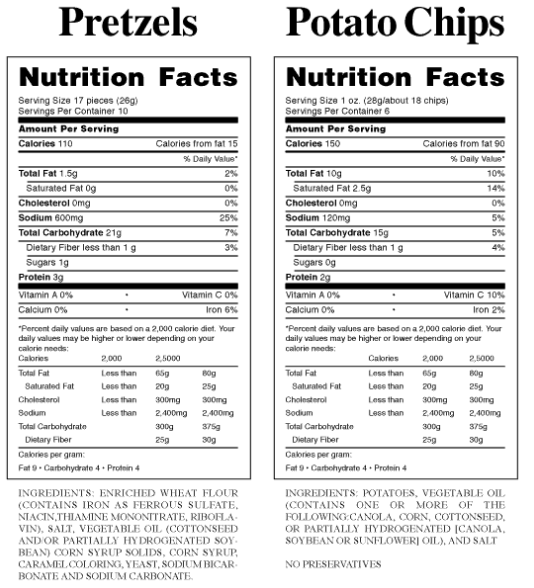
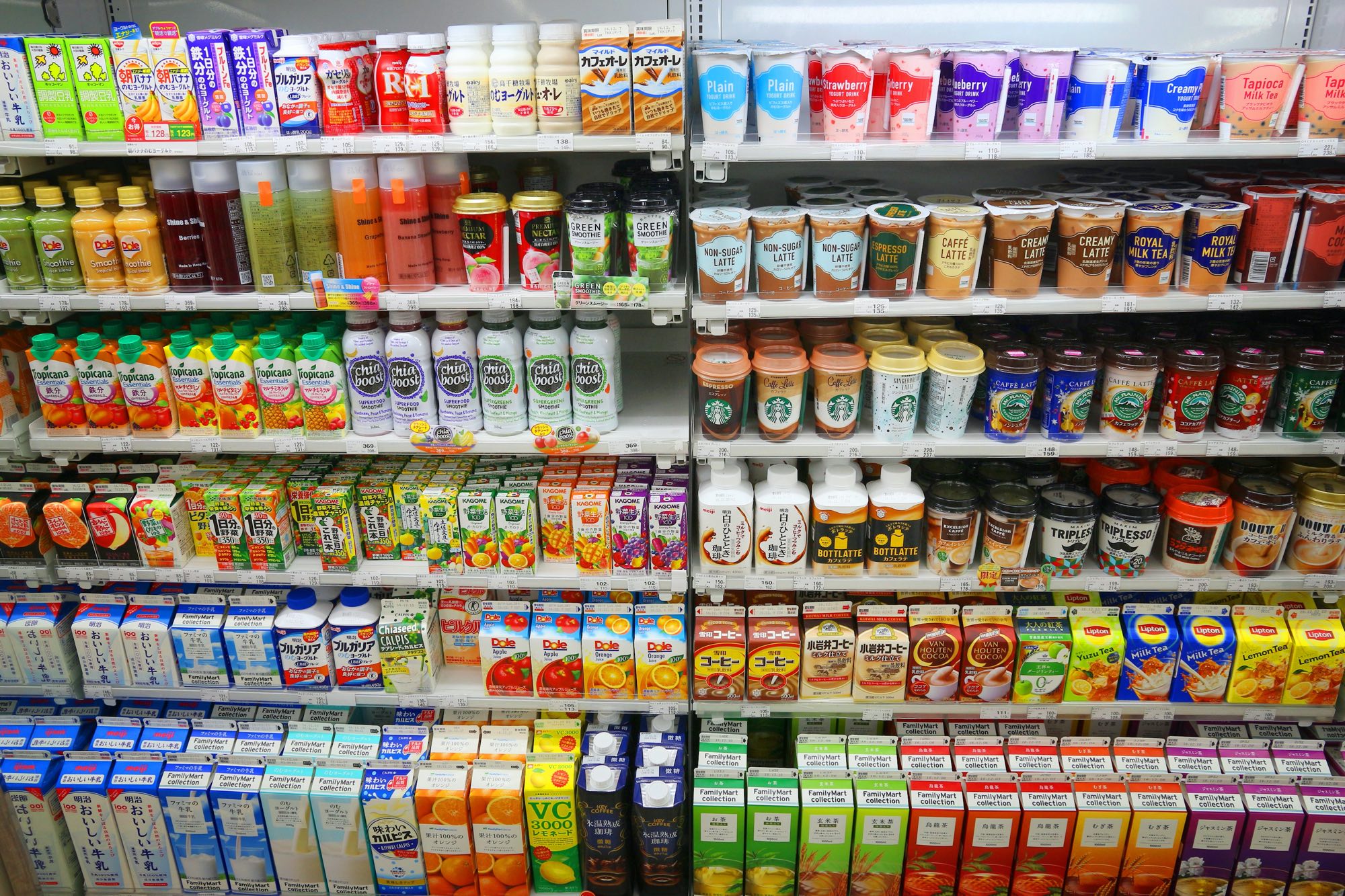



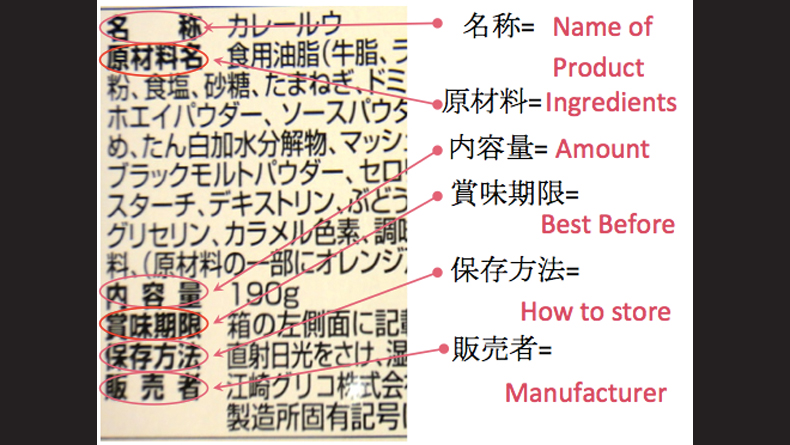

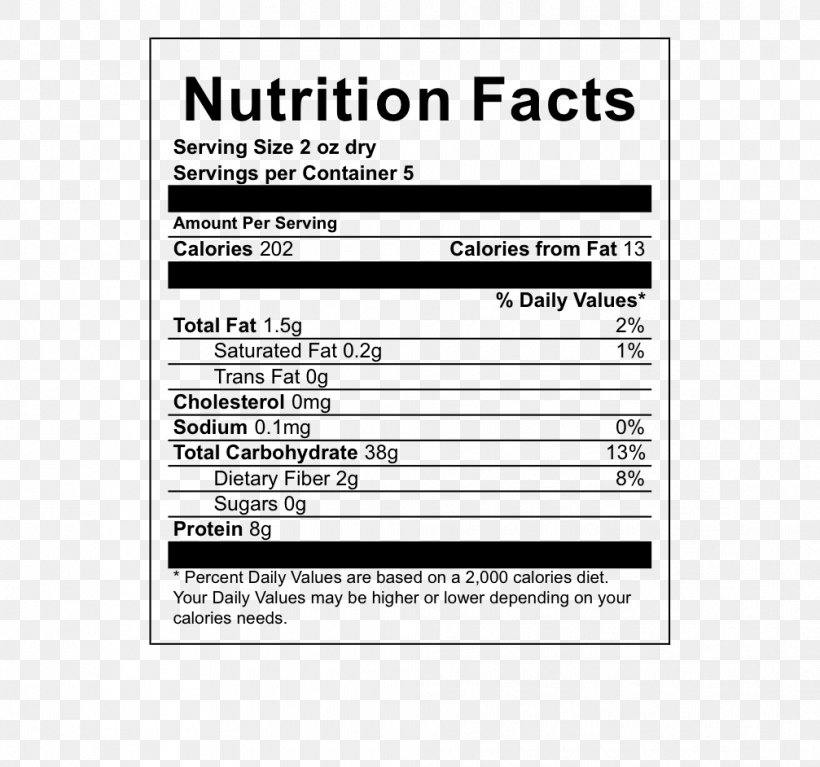

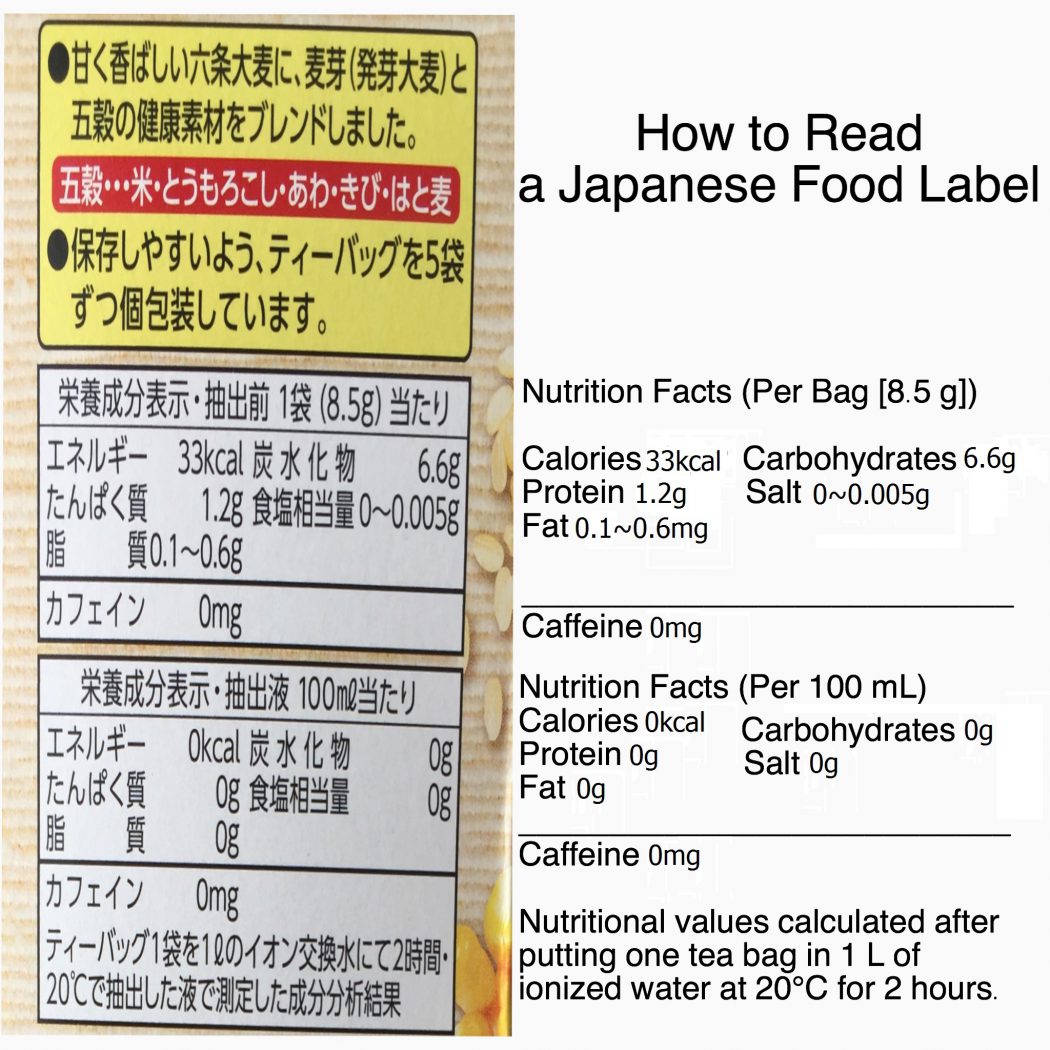
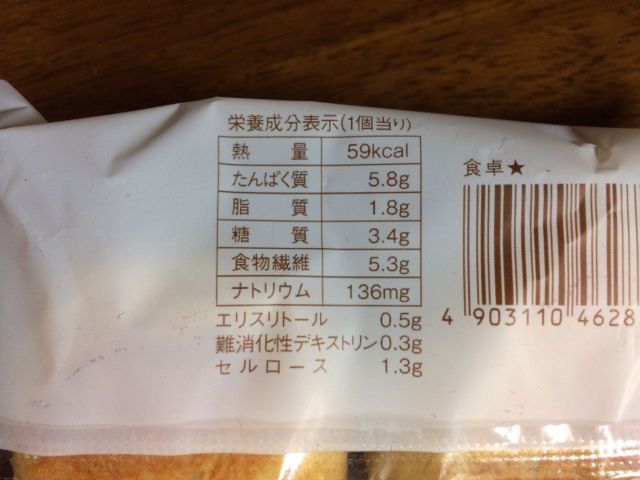



Post a Comment for "45 how to read japanese nutrition labels"